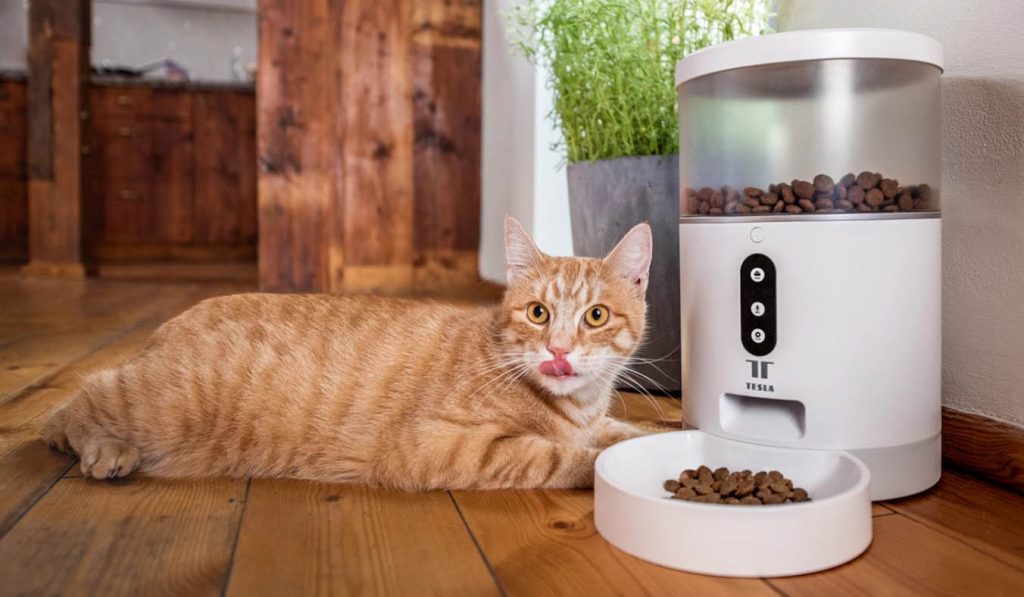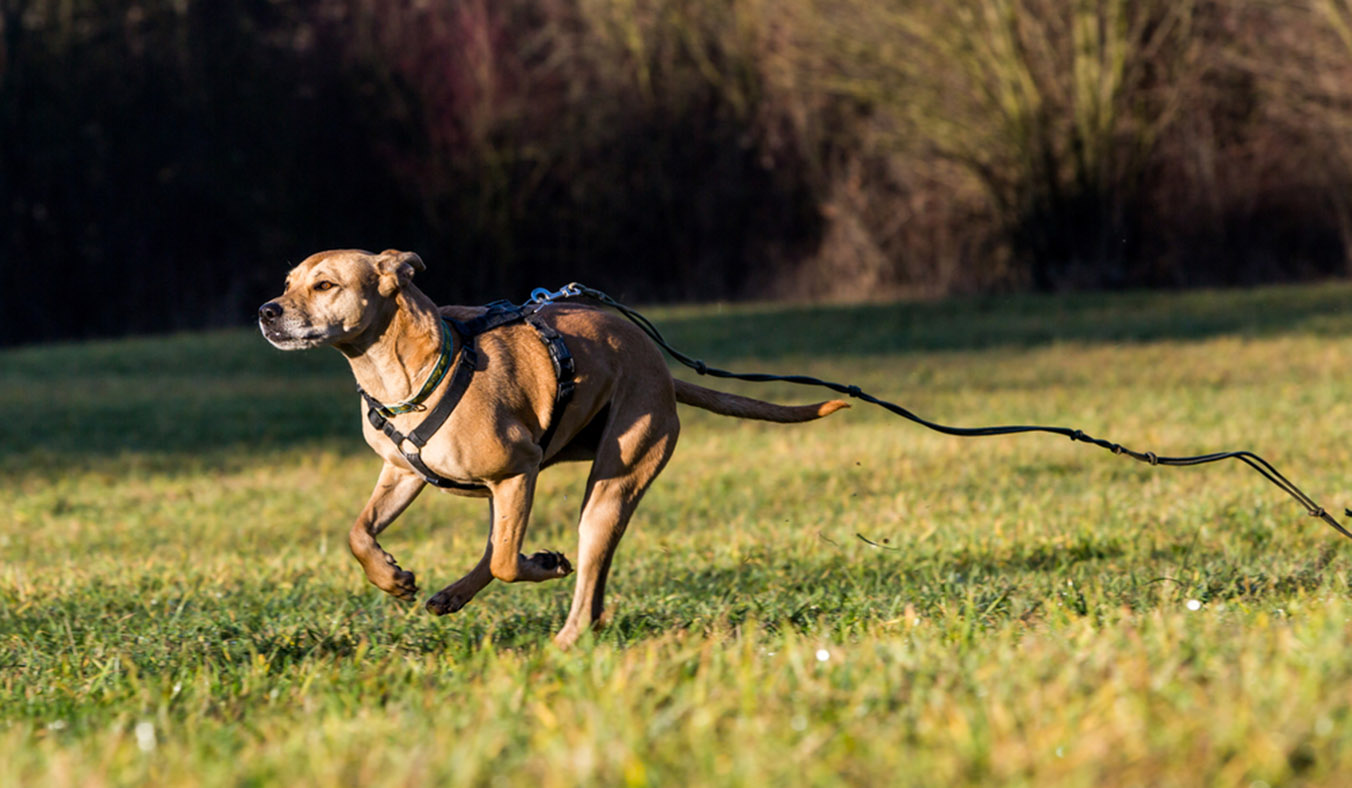In the UK, pets are considered part of the family. According to Statista, over 60% of British households own at least one pet, with cats and dogs taking the lead. In recent years, however, the term “pet anxiety” has increasingly appeared in veterinary clinics, animal behavior training centers, and on social media. A dog constantly waiting by the window for its owner, a cat overly sensitive to the doorbell—what may appear as individual quirks could actually point to a systemic emotional issue: anxiety. Surprisingly, this anxiety is often not innate but something we may have inadvertently nurtured ourselves.
1. What Is Pet Anxiety? — Emotional Alarm Beyond Instinct
Pet anxiety refers to a state where pets—especially cats and dogs—exhibit prolonged signs of unease, tension, or fear in specific situations, affecting their daily behavior. Unlike short-lived discomfort or fear, anxiety is a more persistent psychological state.
Common symptoms include:
- Severe separation issues: Dogs may bark excessively or destroy furniture when the owner leaves; cats may refuse to eat when left alone.
- Hyper-sensitivity to specific sounds or situations: Pets may have strong reactions to vacuum cleaners, doorbells, or strangers.
- Excessive self-grooming or self-harm: Frequent licking, paw biting, or scratching may indicate attempts to relieve anxiety.
- Inappropriate elimination: House-trained pets may start urinating indoors or defecating in odd places due to emotional stress.
2. Common Triggers in British Homes: How We “Accidentally” Created Their Anxiety
1. Separation Anxiety: Pets Made Clingy by Too Much Love
In many UK households, pets are given immense attention and love. During the COVID-19 pandemic, remote work became common, and time spent with pets surged. As a result, many pets became used to constant companionship. When normalcy returned—people going back to work or social activities—many animals developed clear signs of separation anxiety.
Studies show that post-pandemic pet anxiety cases in the UK rose by about 35%. Pet owners report increased destructive behavior in dogs and withdrawal or refusal to eat in cats when left alone. Pets, unable to grasp the concept of “work,” express their distress through emotional outbursts.
2. Inappropriate Humanization
In British culture, pets are often referred to as “fur babies,” a term of endearment that also reflects a tendency to project human emotions and needs onto animals.
Owners may dress their dogs in elaborate outfits, apply perfumes, or hold cats like infants—actions meant lovingly but which may be overwhelming or confusing to the pet. Rather than feeling cared for, animals may interpret these acts as control or threat.
Worse still, when pets display natural behaviors like seeking solitude or being indifferent, owners may misread these as signs of sadness or loneliness and impose more interaction, further stressing the animal.

3. Unstable or Overstimulating Environments
British city homes, though cozy, often lack space and are closely situated. Daily exposure to doorbells, children’s footsteps upstairs, or nearby traffic noise can be a source of constant low-level stress.
Major life changes such as moving house, divorce, or the addition of a new baby or pet can also cause anxiety. Cats, in particular, are extremely sensitive to changes in scent, layout, and even the soundscape of a home.
3. Well-Intentioned but Harmful: Missteps in Pet Rearing
1. Overuse or Misuse of Rewards and Punishments
While many British pet owners favor positive reinforcement training, inconsistency often leads to problems. For instance, if a dog receives a treat every time it whines, it may learn to associate anxious behavior with reward.
On the other hand, when pets exhibit behavioral issues like inappropriate elimination, owners may scold or punish without realizing these could be signs of anxiety. This not only fails to correct the behavior but adds fear to the pet’s experience, creating a vicious cycle.
2. Lack of Socialization
Urban pet owners may limit their pets’ interactions with others due to safety or hygiene concerns. Dogs without social exposure may develop aggression or fear toward unfamiliar dogs or people. Over-sheltered cats may become wary or hostile toward the outside world.
Proper socialization from a young age is vital to prevent anxiety. UK animal behaviorists often recommend gradual exposure to new people, sounds, and environments to help pets perceive the world as a safe place.
4. A Cultural Paradox: Love and Misunderstanding in British Pet Ownership
The UK is known for its strong animal welfare consciousness. From the Animal Welfare Act to widespread pet insurance and accessible veterinary care, institutional support is robust. Yet, this people-centered love can sometimes overlook the true needs of animals.
The booming pet tech industry—featuring smart feeders, pet cameras, and AI emotion trackers—is designed to fill the owner’s absence. However, they may unintentionally reinforce the pet’s sense of constant surveillance or teach them that “anxiety draws attention.”
Urban planning also plays a role. In many UK cities, pet-friendly spaces are limited and public transport is not always pet-accessible. These structural issues can make pets feel confined and increase anxiety.
5. What Can We Do? — From “Owner” to “Understanding Companion”
To break the anxiety loop, emotional commitment is not enough. Understanding, patience, and informed action are crucial.
1. Establish a Stable Routine
Regular feeding, walking, and play times help pets feel secure. Predictability provides a sense of safety and reduces stress from uncertainty.

2. Gradually Train for Alone Time
Teach pets from an early age to tolerate being alone. Start with a few minutes, then gradually extend the time, always ensuring they have a safe space and familiar toys. Over time, they’ll learn that solitude is not dangerous.
3. Provide a Sense of Control
Allow pets to make choices—whether in toys, rest spots, or access to outdoor areas. Respecting their individual preferences prevents them from feeling overly controlled.
4. Seek Professional Help When Needed
If anxiety persists or severely impacts daily life, consult a vet or a certified pet behaviorist. Behavioral therapy, psychological support, or even medication can significantly improve their quality of life.
Rearing Is a Two-Way Learning Journey
“Love isn’t turning you into who I want you to be—it’s understanding who you already are.” This sentiment applies to pets as well.
In today’s increasingly pet-centric British households, we must stop seeing anxiety as solely the pet’s problem. It’s time we reflect on our upbringing methods and emotional signals. Anxiety is not scary in itself—it’s the unconscious cultivation of anxiety that is. If we want truly happy and well-adjusted pets, we must first become more gentle, aware, and respectful companions.
Only then can we raise pets that are not just well-behaved, but emotionally secure and deeply trusting.



